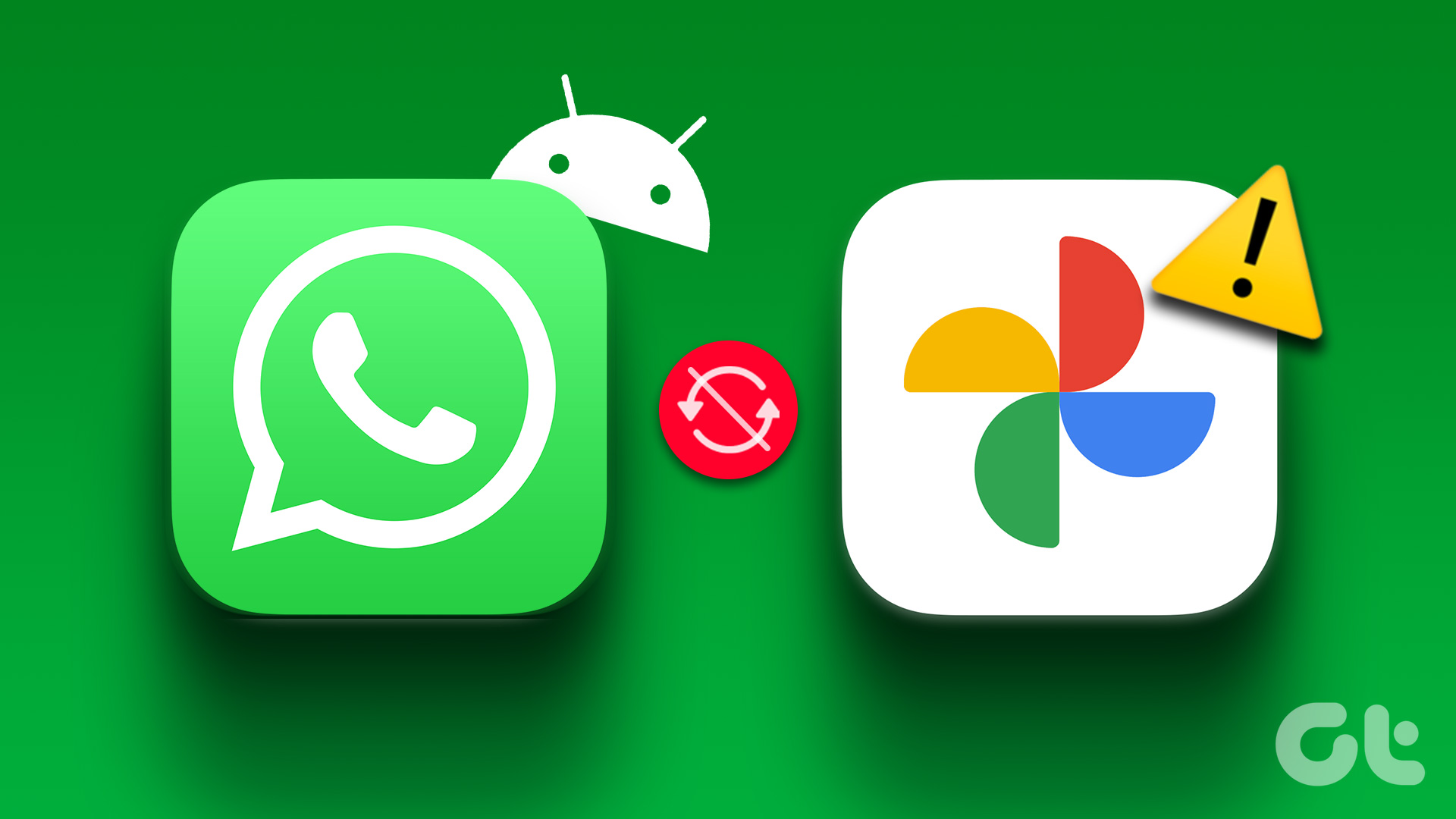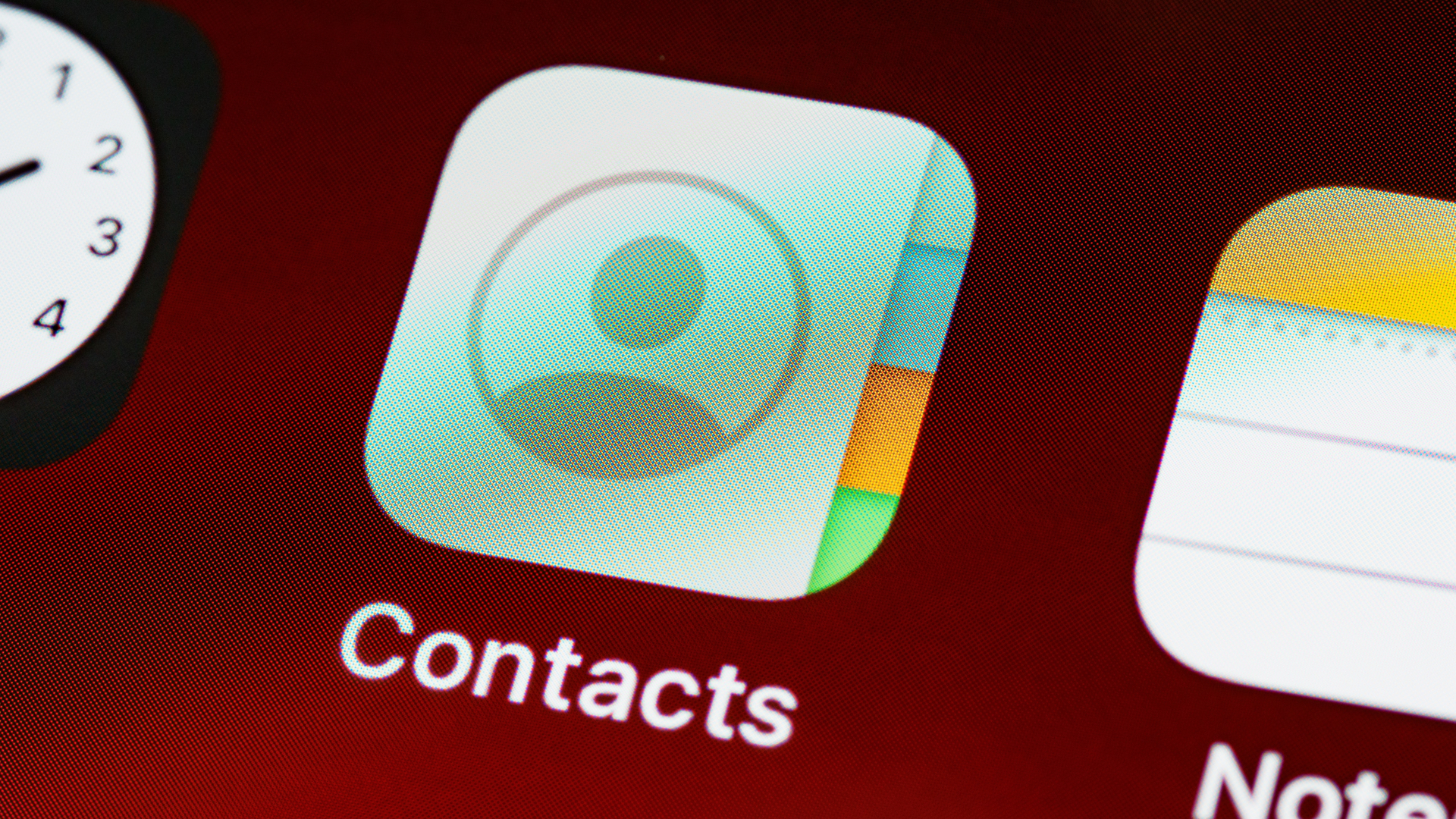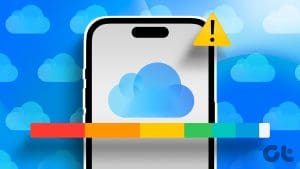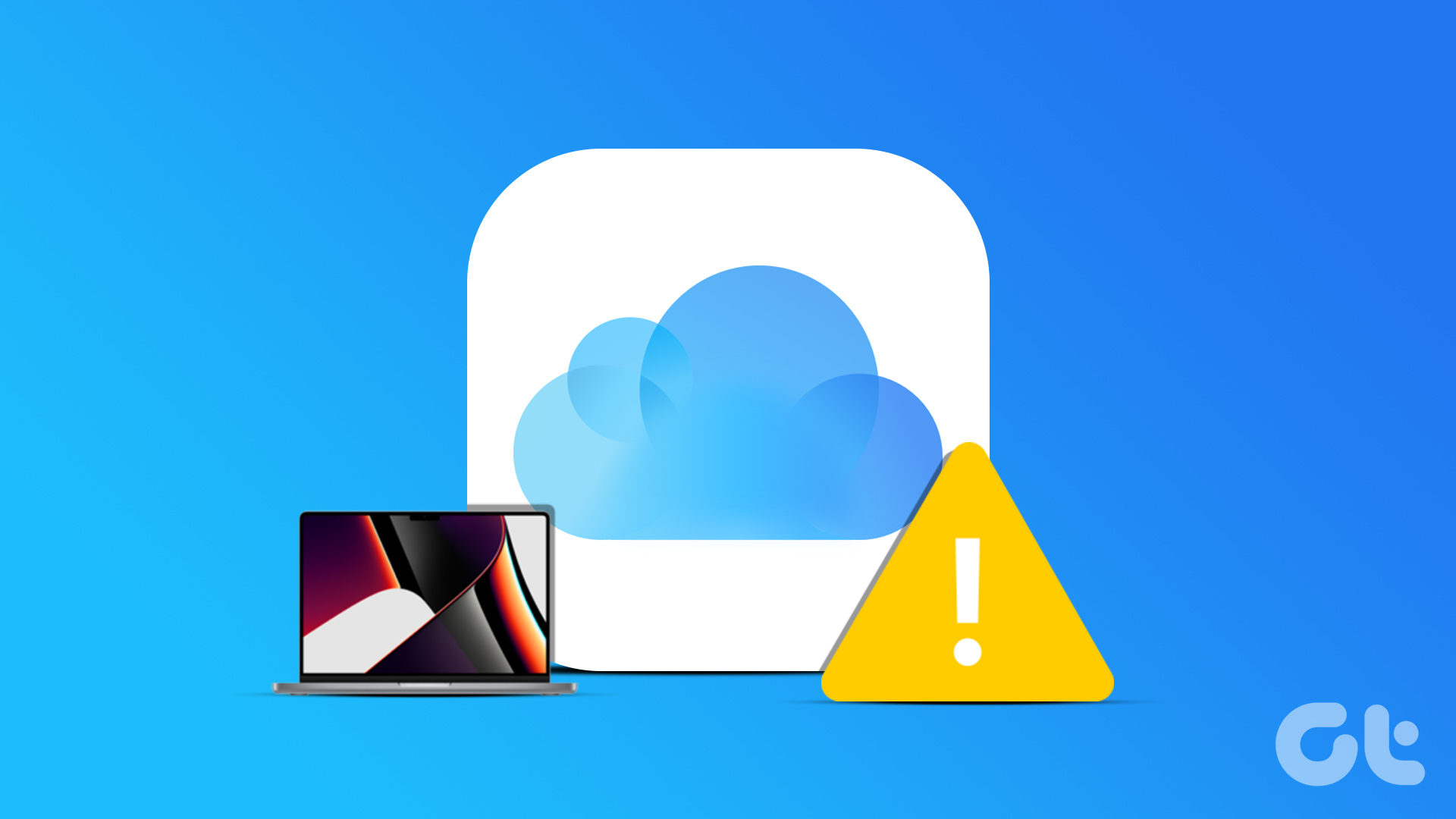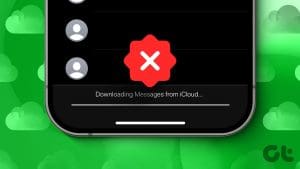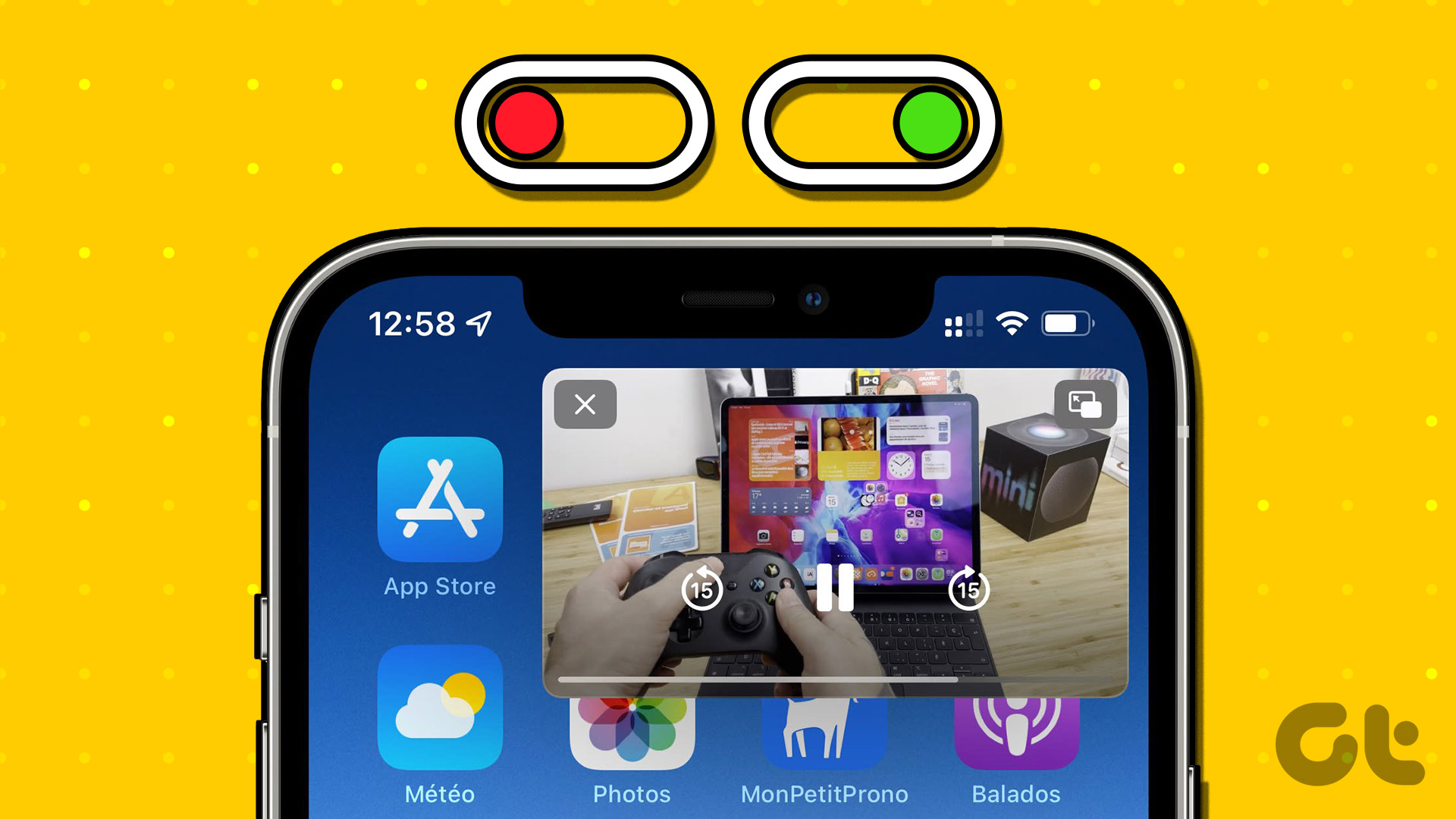Most users opt for iCloud backup when switching from an old iPhone to a new one. It’s one of the best backup solutions and works seamlessly among Apple devices. However, there are times when your iPhone fails to back up the device data to iCloud. Here are the top ten ways to fix iPhone not backing up to iCloud.

An iCloud backup takes care of your messages, call history, Safari data, productivity apps, tasks, media, and app data. So, your iPhone not backing up to iCloud can put you at risk of data loss risk. Let’s troubleshoot the problem once and for all.
Why Can’t I Backup My iPhone
Insufficient iCloud storage is one of the biggest factors behind the ‘iCloud backup failed’ error. After all, Apple only offers 5GB of iCloud storage to get started, and not many pay for the iCloud+ or Apple One subscription.
Another reason can be a slow network connection and a low battery on your phone. We will start with the basics and move to advanced tricks to complete the iCloud backup on iPhone. Without further ado, let’s get started.
How to Fix iCloud Not Backing Up
1. Restart iPhone
Rebooting your iPhone is one of the quickest ways to troubleshoot common problems. If you have an iPhone with Face ID, use the steps below.
Step 1: Keep pressing any volume and power buttons simultaneously and use the power off slider to turn off the phone.
Step 2: Wait for around 30 seconds and keep pressing the power button to turn on the phone.
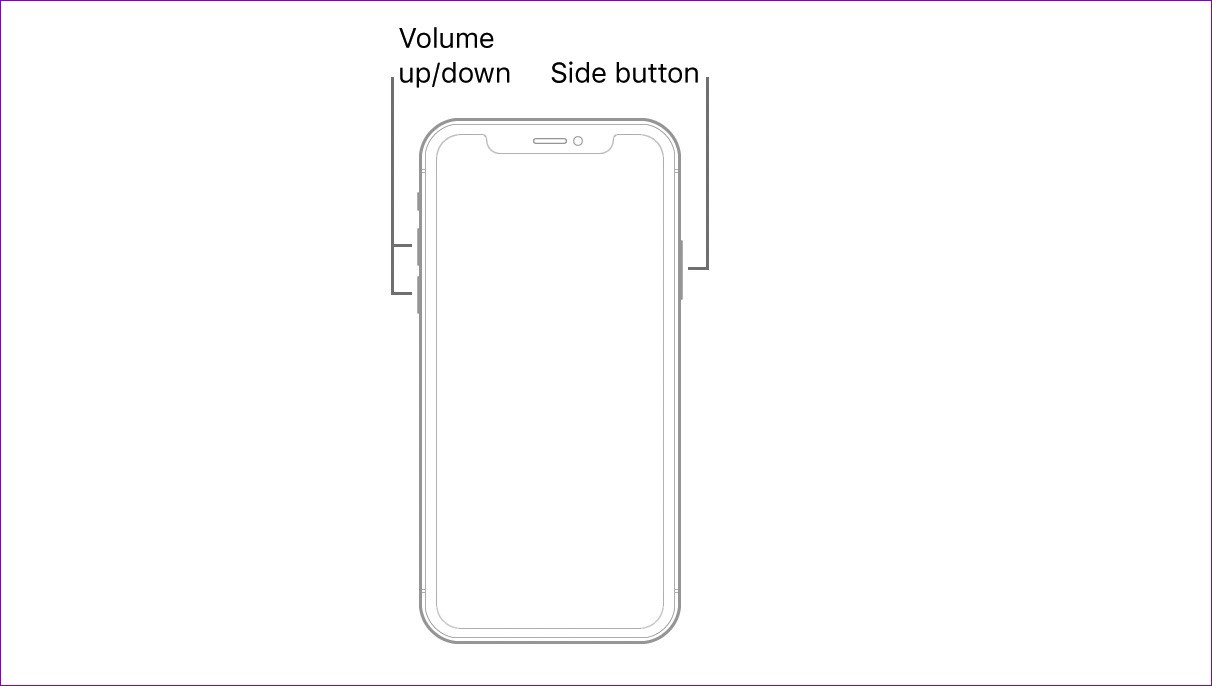
If you have an old iPhone model with the home button, keep pressing the side button until the power off slider appears.
2. Authenticate Your Apple Account Again
iCloud not backing up error can appear due to an account authentication issue. You need to sign out from your Apple account and sign back in.
Step 1: Open Settings and select your profile.
Step 2: Scroll down and log out from your account. Sign in with Apple account details and try again.

3. Enable iCloud Backup
You might have disabled iCloud backup on your iPhone before. It’s time to enable it from the Settings menu.
Step 1: Open Settings on your iPhone.
Step 2: Go to your profile.
Step 3: Select iCloud.
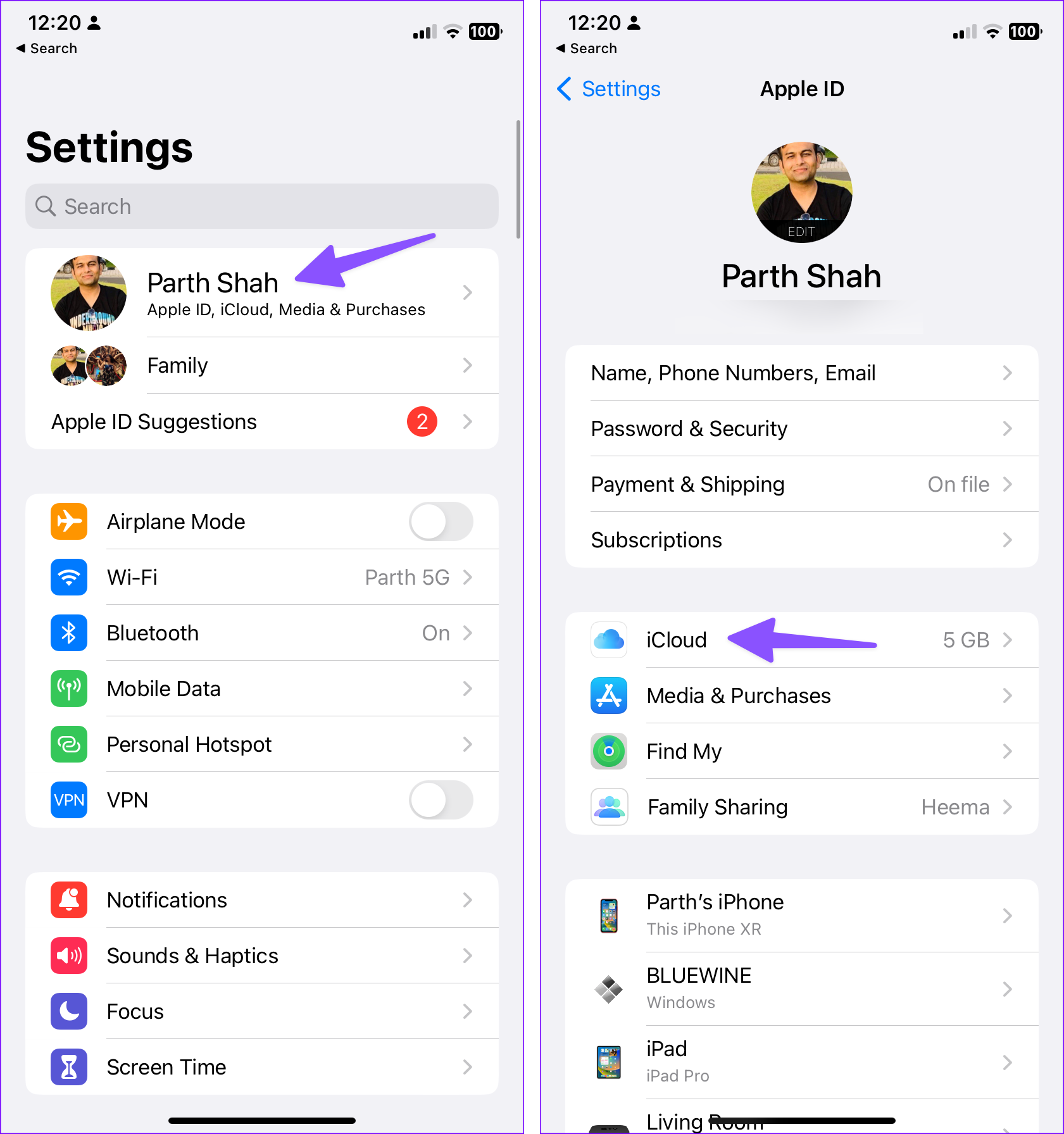
Step 4: Tap on iCloud Backup.
Step 5: Enable the ‘Back Up This iPhone’ toggle from the following menu.
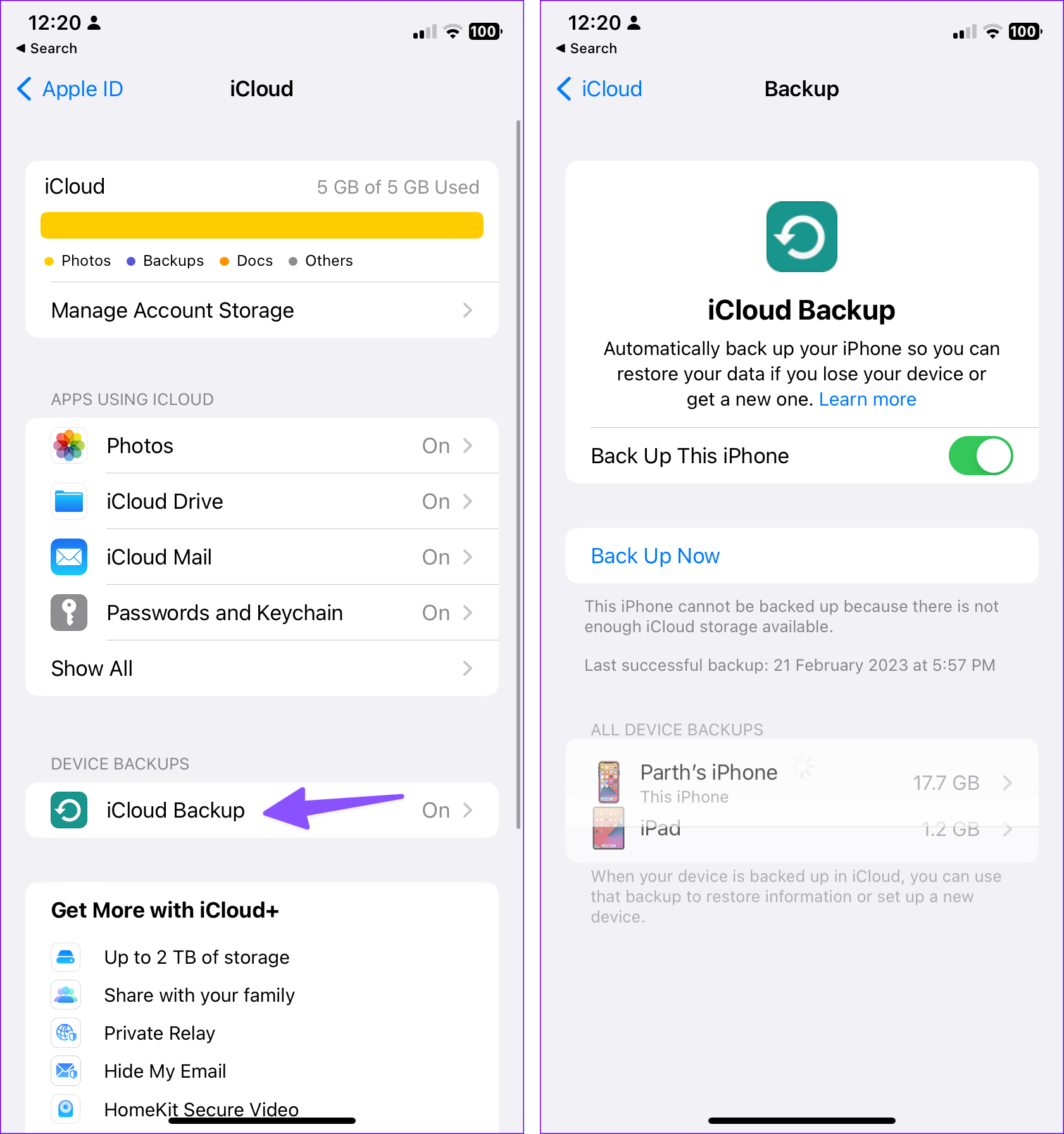
4. Ensure Sufficient iCloud Storage
By default, iCloud comes with only 5GB of storage. When you enable photo backup on iCloud, you may run out of free cloud storage.
You need to pay for one of the iCloud plans. The cheapest plan starts at $0.99 for 50GB. You also get other goodies like Hide My Email and iCloud Private Relay.
You can head to Settings and select user profile. Tap on iCloud and check the remaining storage.
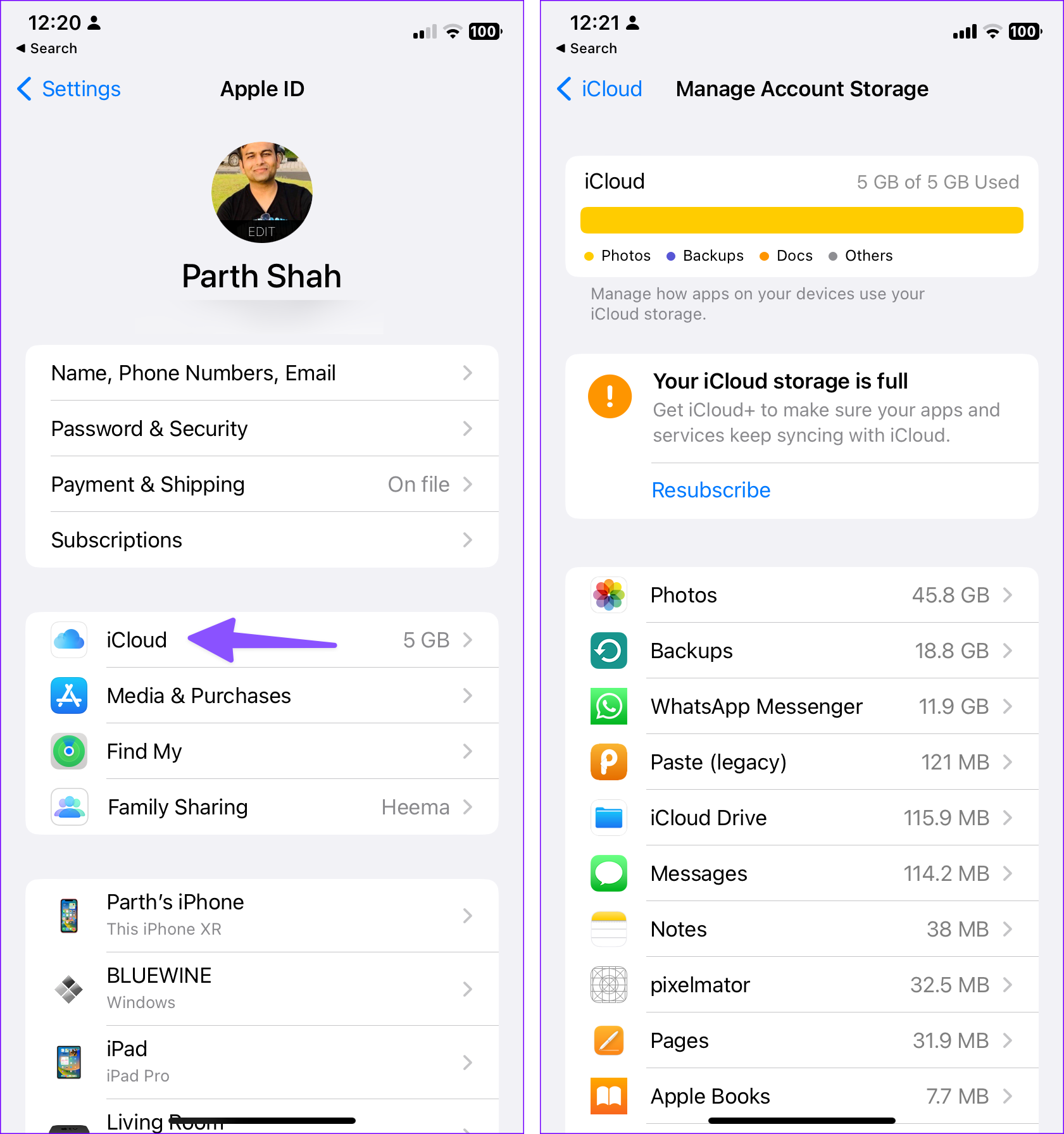
Manage iCloud Storage
Apps like WhatsApp take a big chunk of iCloud backup storage. If you use WhatsApp for a long time, it takes around 5GB-6GB in the iCloud backup.
You can exclude such big apps from iCloud backup if not required and try backing up again. Here’s how.
Step 1: Open the iPhone Settings app.
Step 2: Go to your profile and select iCloud.
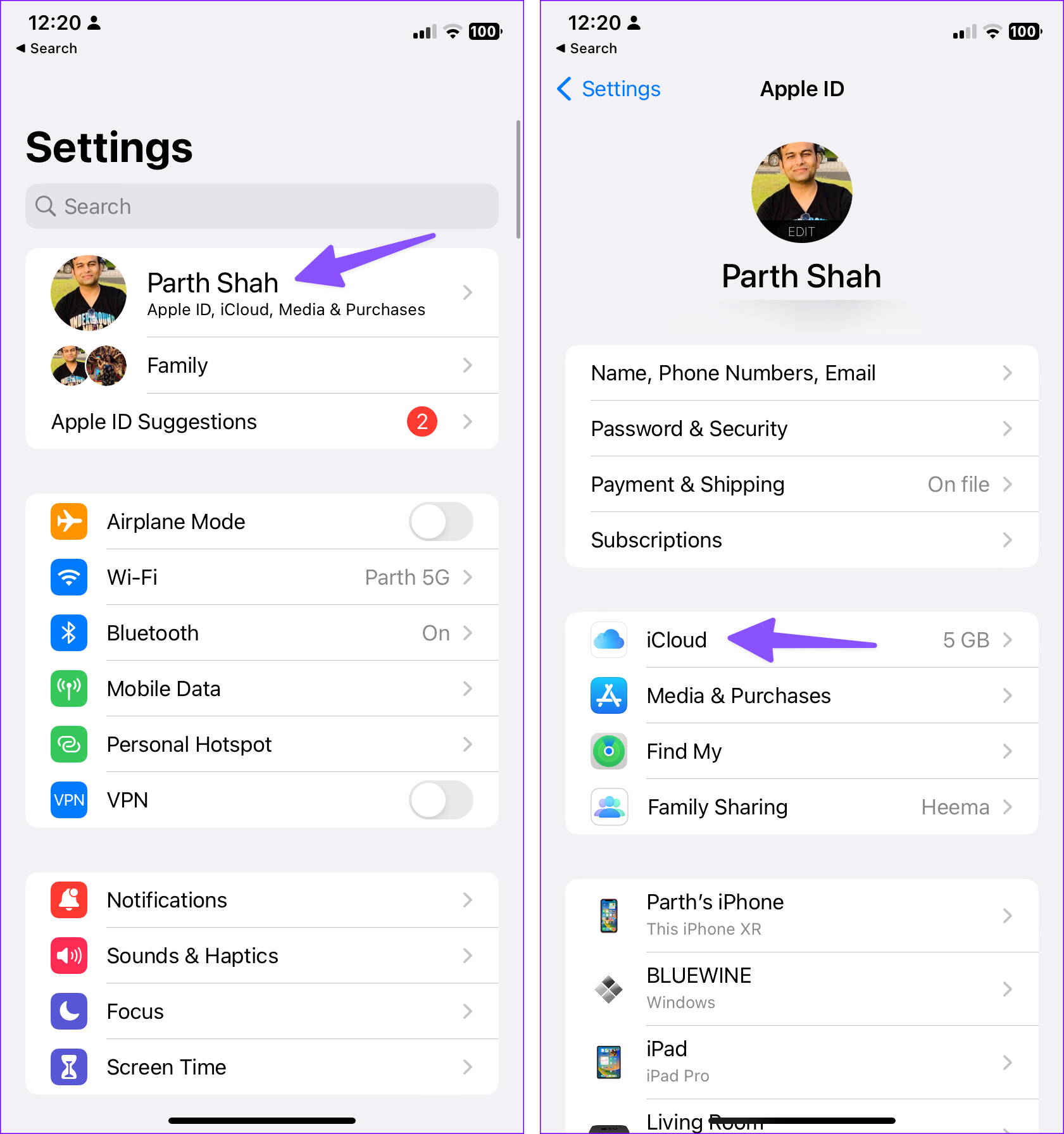
Step 3: Tap Show All. Scroll down and disable the WhatsApp toggle.
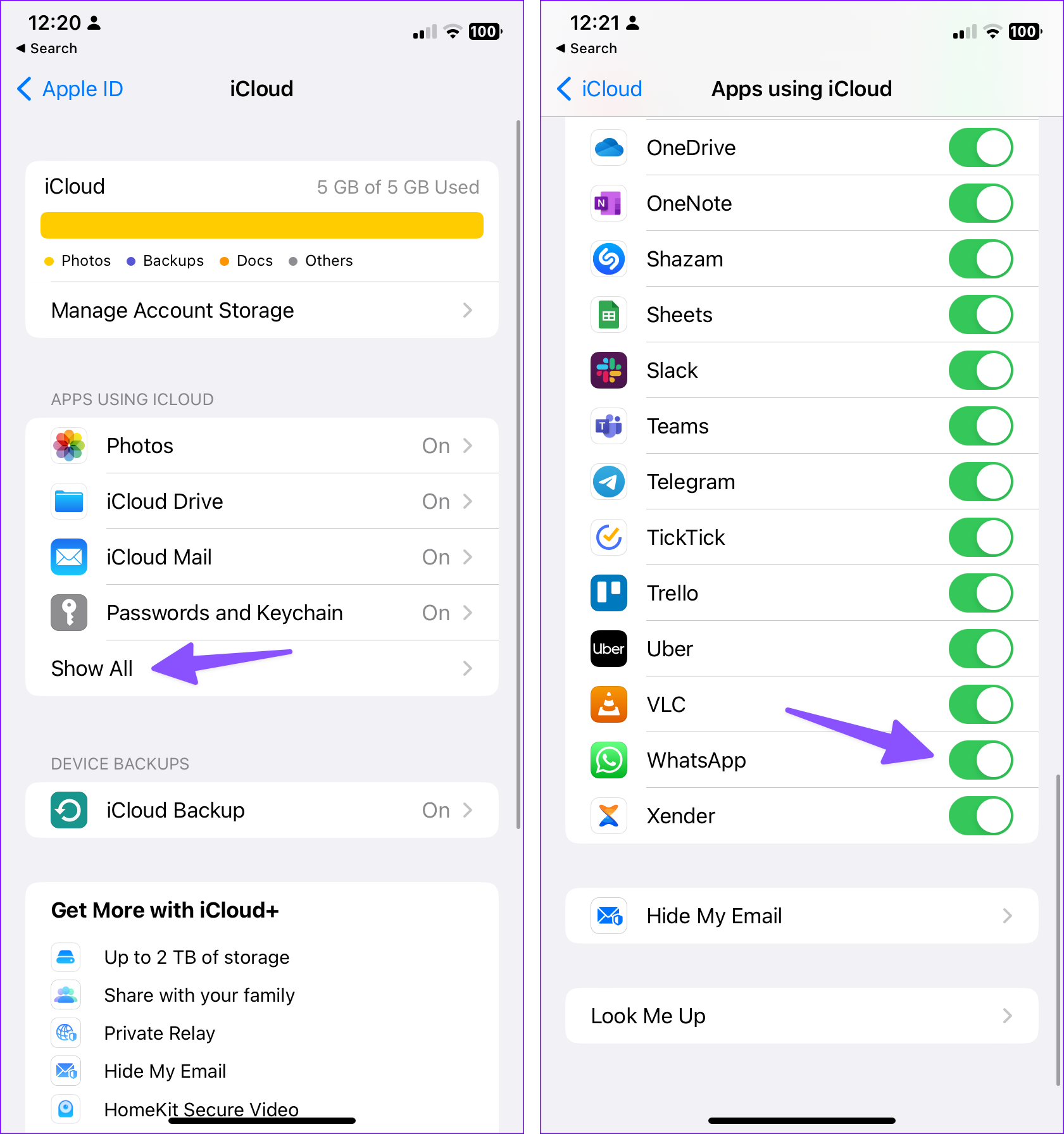
Do you still have low iCloud storage for your Apple account? If you don’t want to pay for an iCloud+ or an Apple One plan, check the steps below to glance over and remove large files from your iCloud account.
Step 1: From the iPhone Settings app, tap on your profile.
Step 2: Go to iCloud and select Manage Storage.
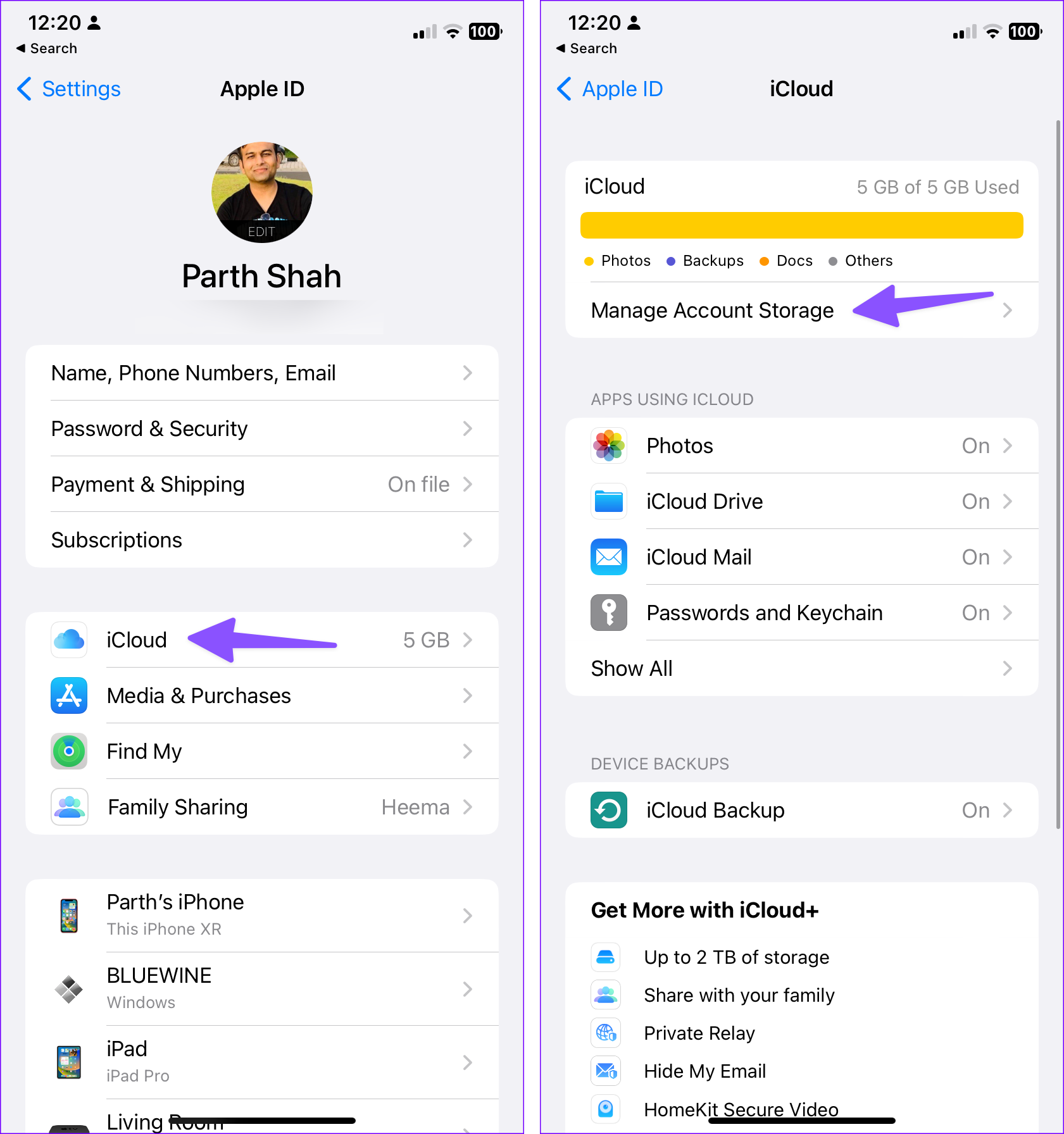
Step 3: You will see a detailed breakdown of iCloud data.
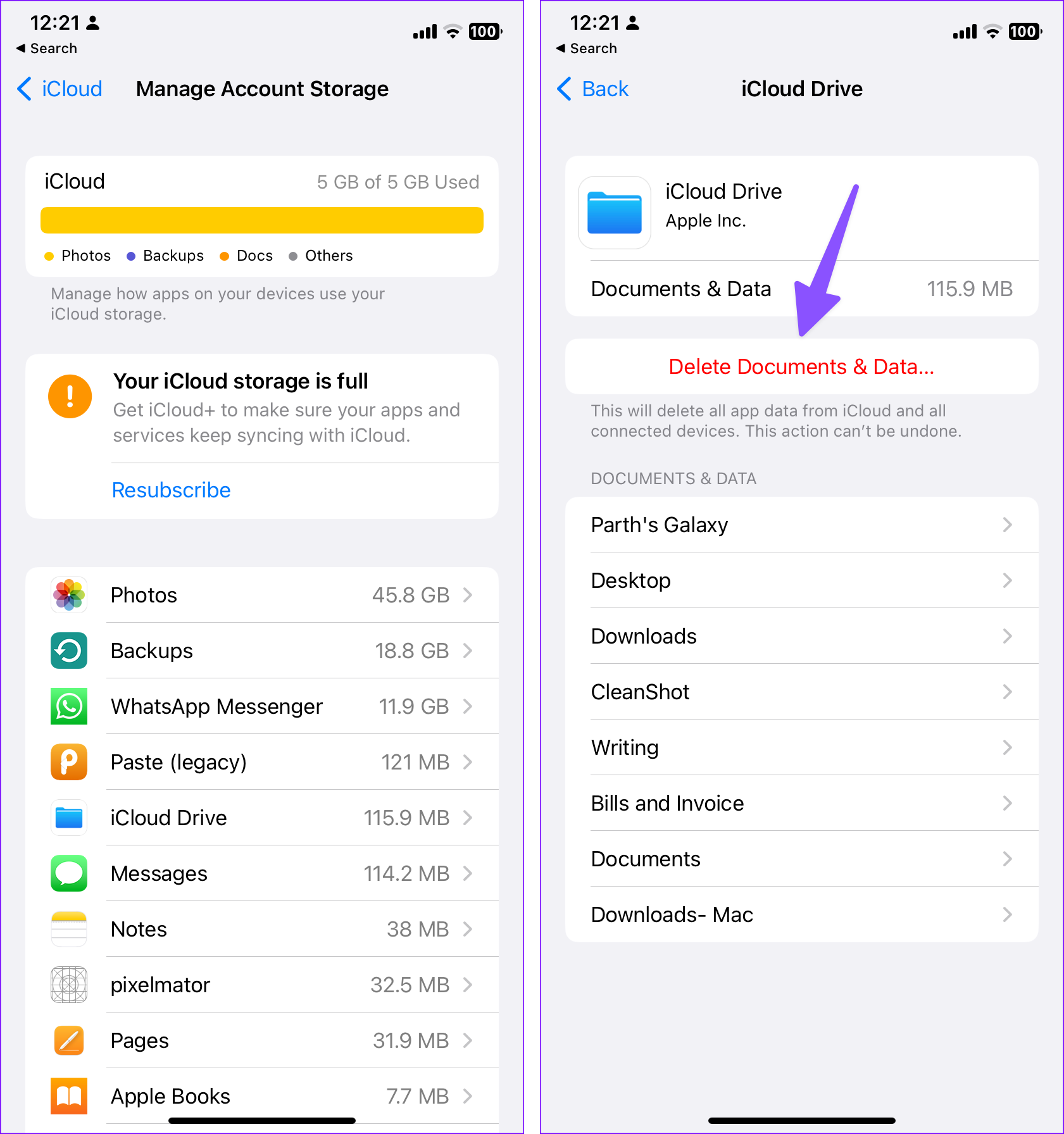
Photos will take a big pie of iCloud storage for most users, followed by previous iPhone backups and apps like WhatsApp. You can remove photos, delete old backups, or make other changes to free up storage in iCloud.
5. Connect to a Faster Wi-Fi Connection
iCloud backups don’t come in small sizes. If you have dozens of app data to back up on your iPhone, you might have an iCloud backup of 5GB-7GB.
In this situation, you need to connect your iPhone to a faster internet connection. You shouldn’t rely on high-speed 4G or 5G mobile connections. iCloud backup won’t start until you connect to a Wi-Fi network. You need to connect to 5GHz Wi-Fi frequency for fewer failure rates and not the 2.4GHz one.
Note: To successfully complete the iCloud backup process, you must keep your iPhone on charge. Connect your iPhone to a power source during the backup process, and you are good to go.
6. Check iCloud Servers
If iCloud servers have an off day, the backup process won’t be complete, no matter what you try.
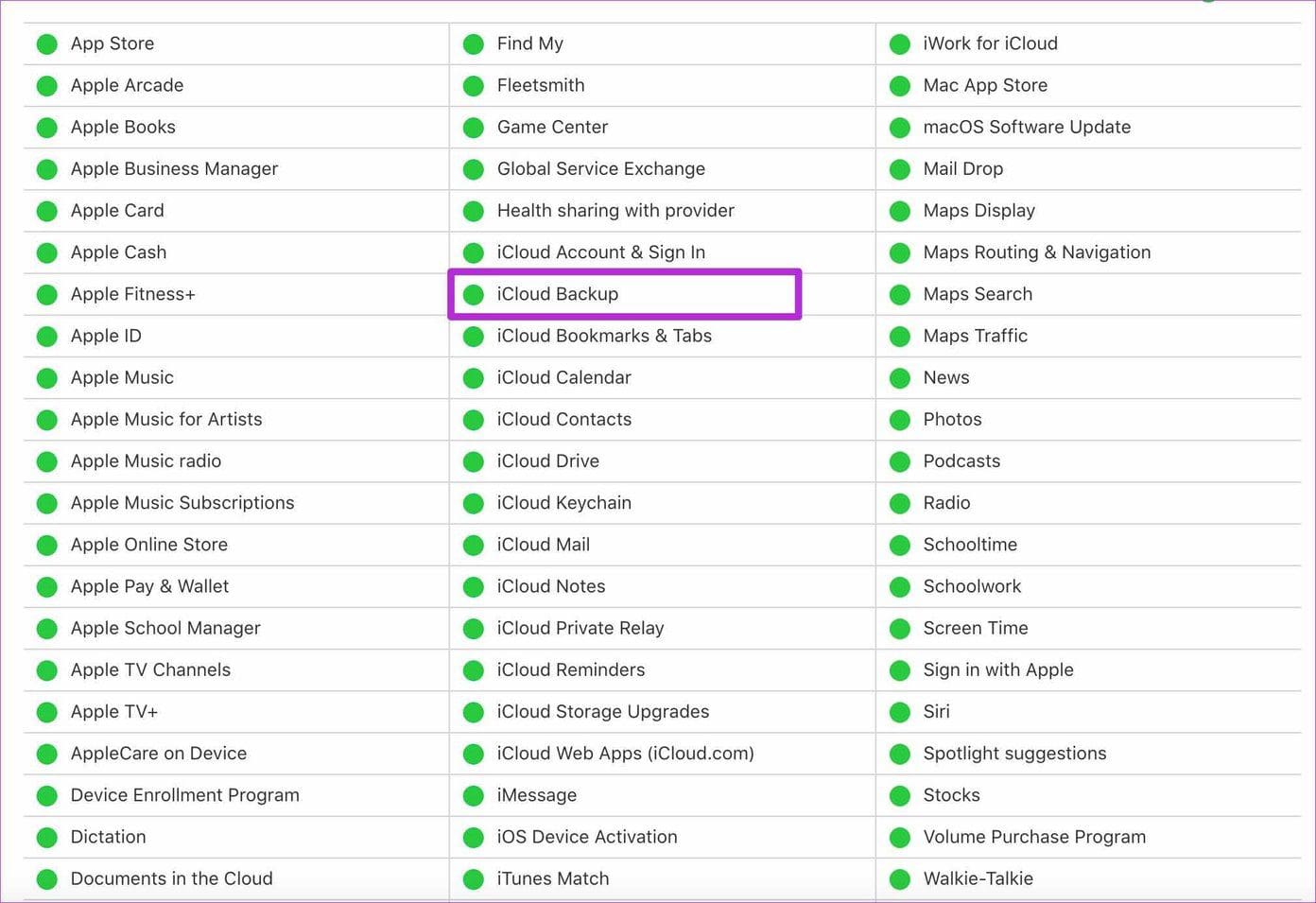
Apple offers a dedicated System Status page to check the current iCloud Backup status. Ensure it shows a green indicator beside the iCloud service, and then proceed with the backup option.
7. Reset Network Settings
In one of the Reddit threads, a user fixed the ‘iCloud backup failed’ error by resetting network settings. It’s worth trying. Follow the steps below.
Step 1: Open Settings and go to General > Transfer or Reset iPhone menu.
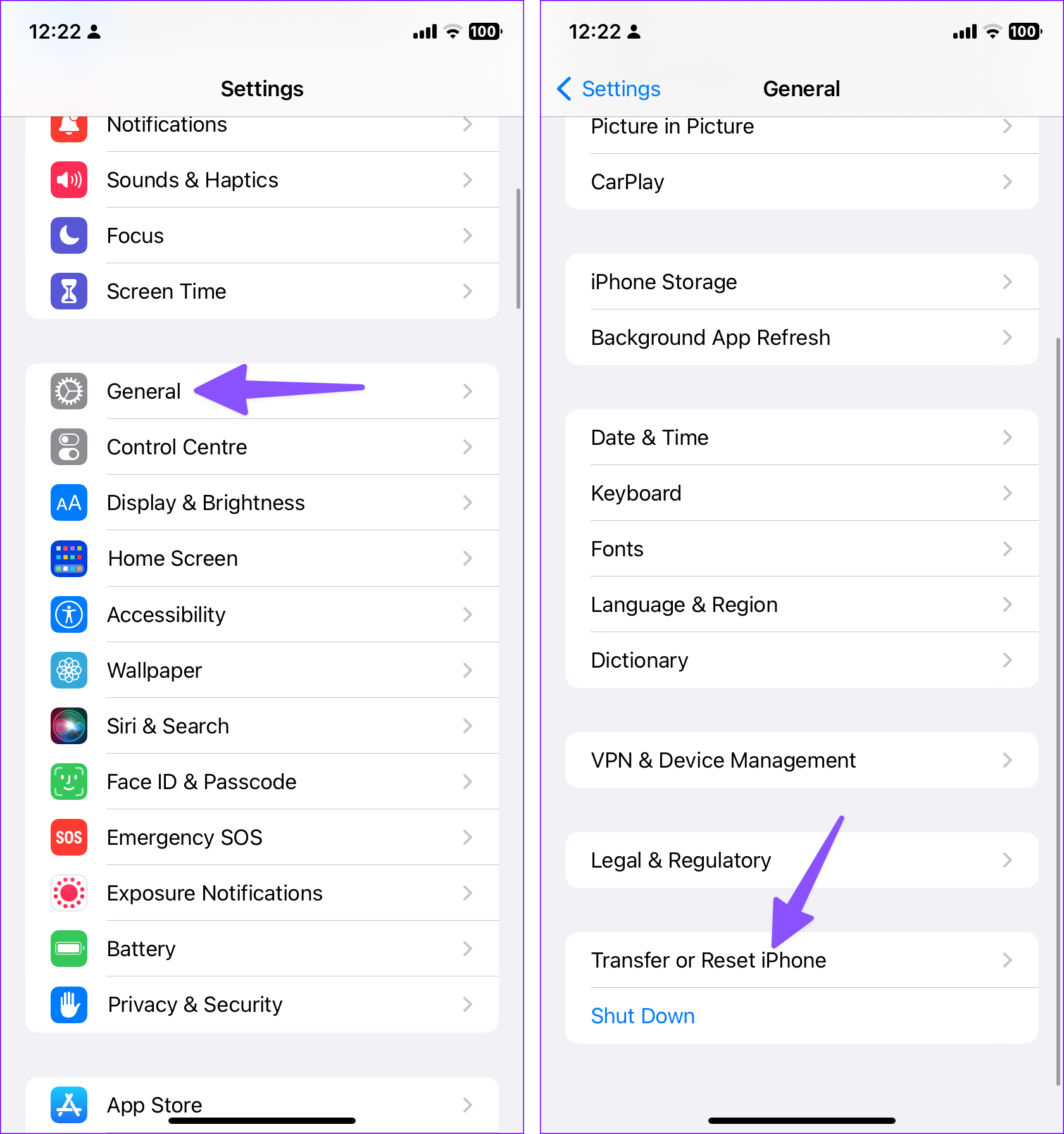
Step 2: Tap Reset and select Reset Network Settings.
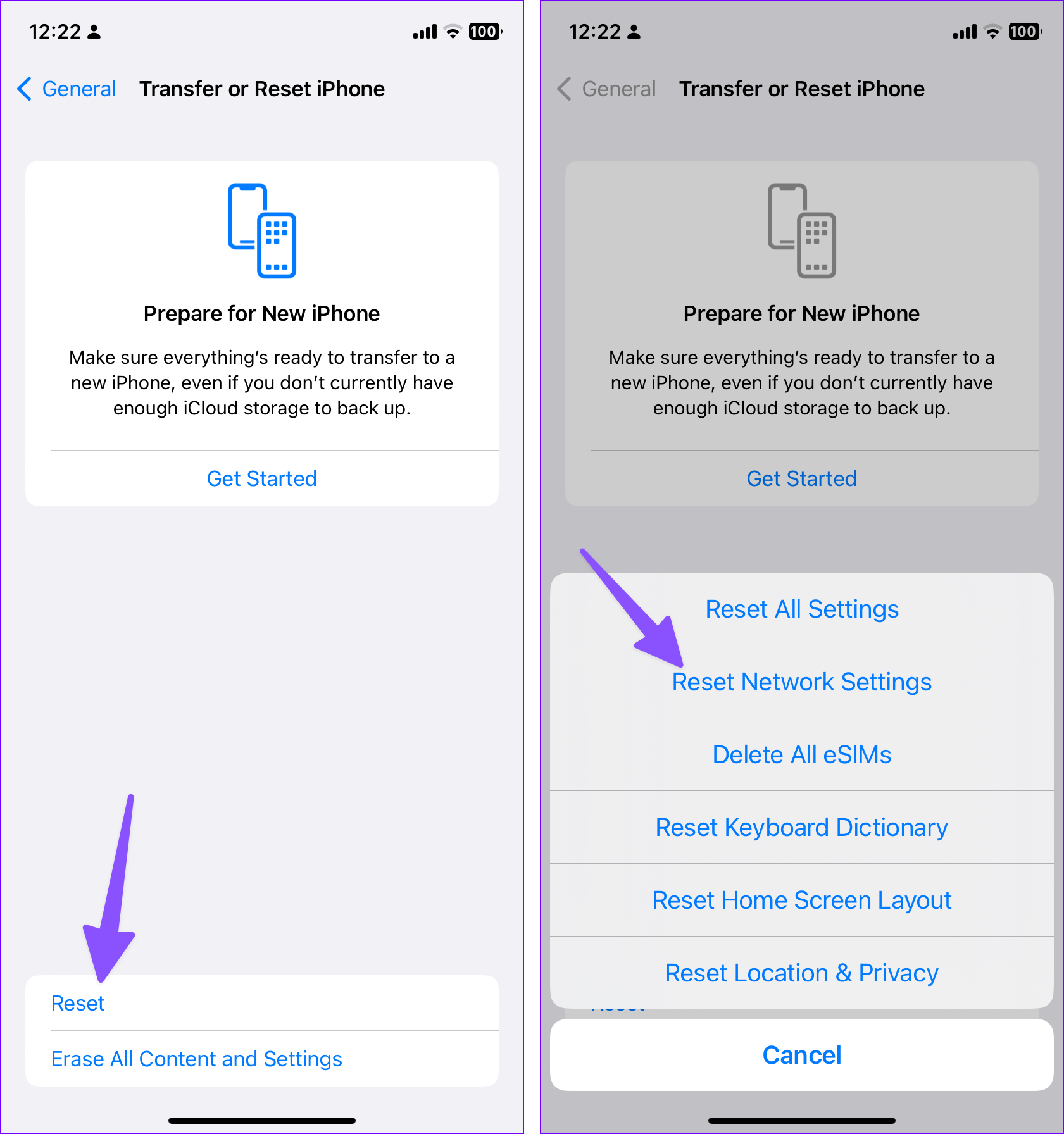
It’s one of the effective ways to fix common network glitches on iPhones. You can check our separate post to learn the implications of resetting network settings.
8. Reset All Settings
If the trick above doesn’t fix the iCloud not backing up issue, it’s time to reset all settings on iPhone. It resets your app preferences, wallpaper, privacy settings, keyboard dictionary, and location settings.
Step 1: Open iPhone Settings and go to General > Transfer or Reset iPhone > Reset menu.

Step 2: Tap Reset All Settings. Enter a six-digit authentication code to confirm your identity.
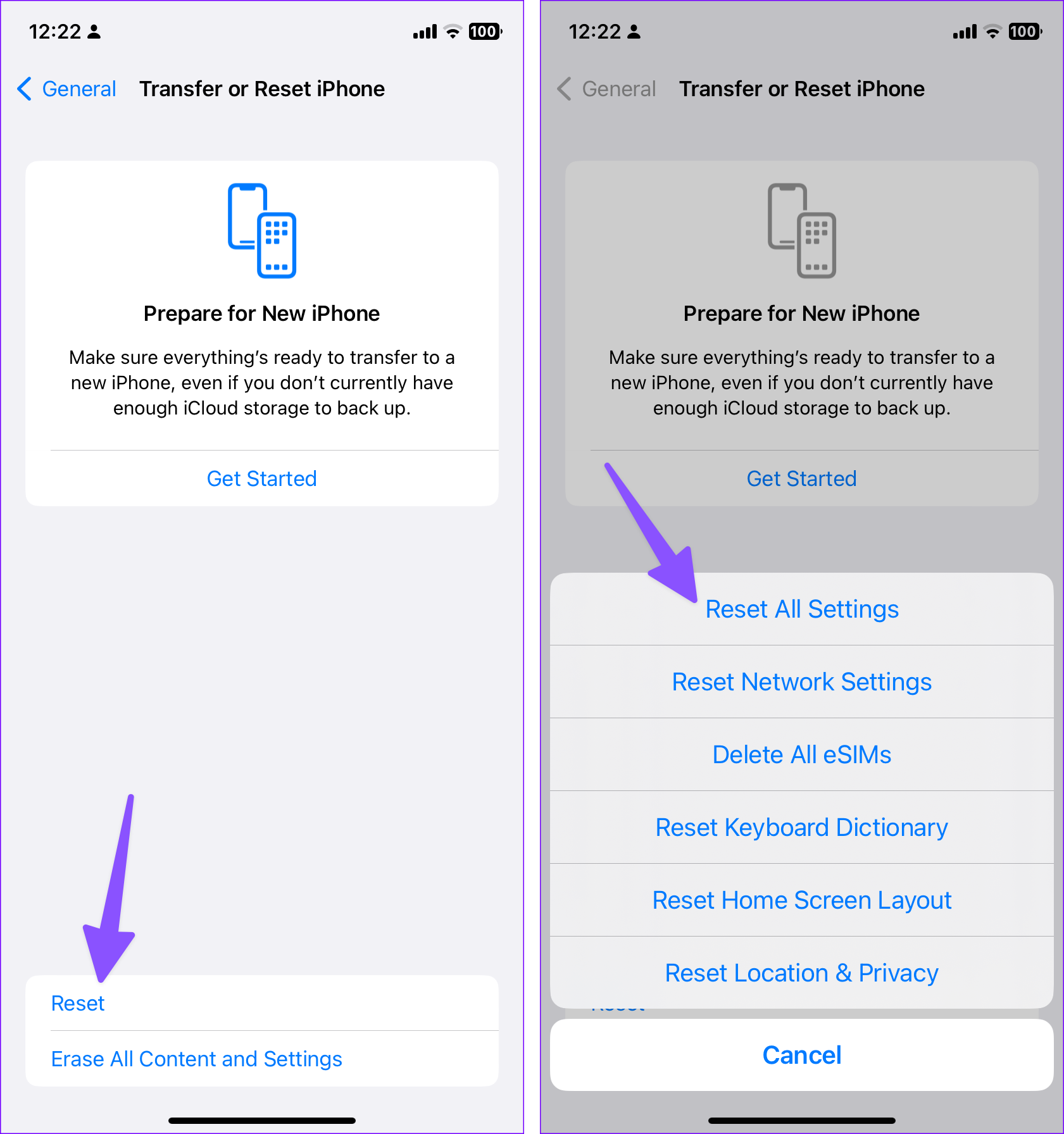
You can try backing up your iPhone to iCloud again.
9. Update iPhone
iPhone not backing up to iCloud might be due to an outdated iOS build on your phone. You need to keep your iPhone up to date with the latest iOS version.
Step 1: Open Settings on your iPhone.
Step 2: Scroll to General.
Step 3: Tap Software Update and install the latest iOS build from the following menu.
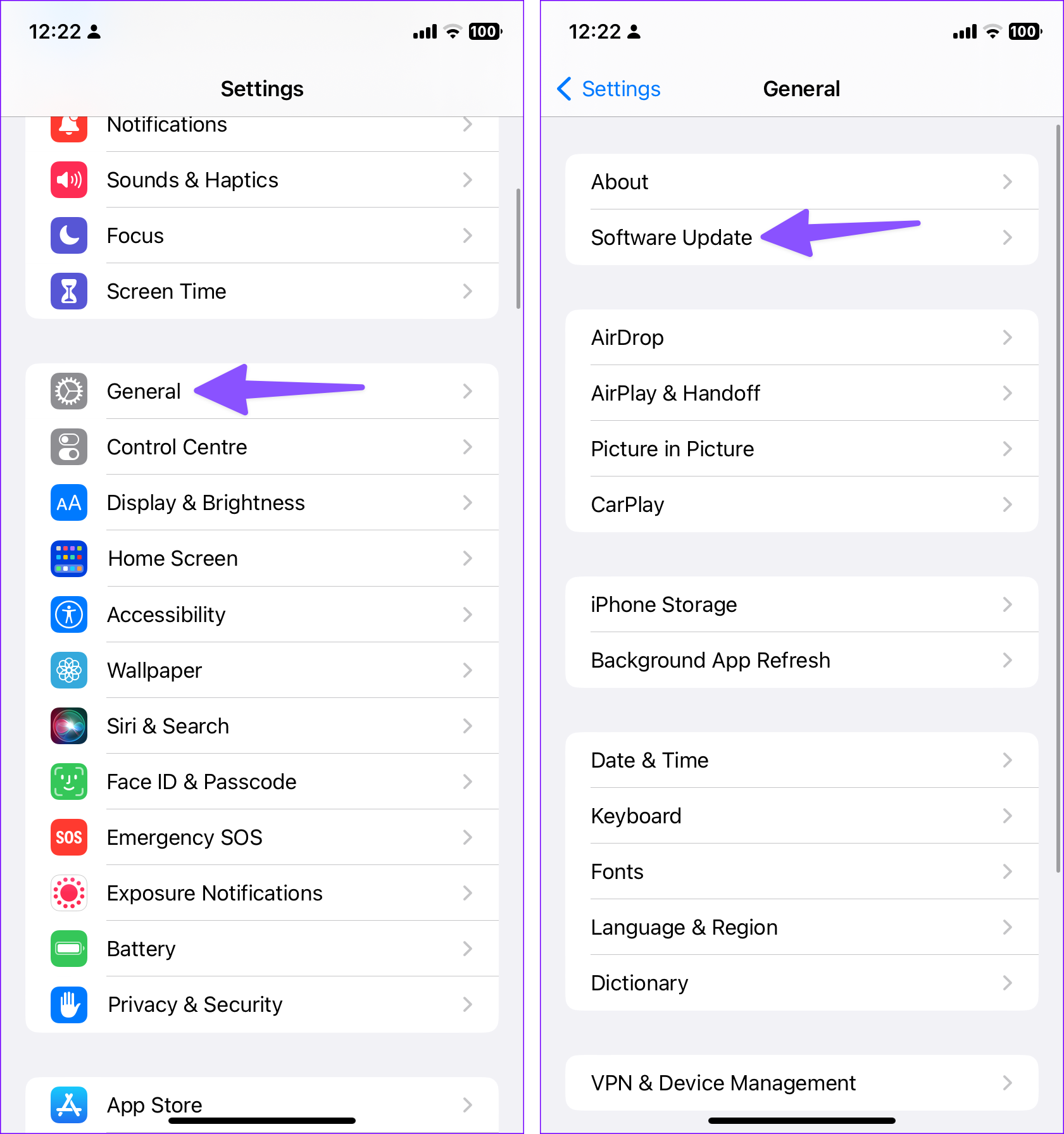
If your iPhone fails to update to the latest version, check our troubleshooting guide to fix the problem.
10. Create Your iPhone Backup on the Desktop or Mac
If none of the tricks work for you, it’s time to use old-fashioned iTunes software to take offline iPhone backup on a PC.
Mac users need to use the Finder menu to take iPhone backups on the device. If you have problems connecting your iPhone to your PC, read our dedicated troubleshooting guide to fix the issue. Let’s take Mac as an example here.
Step 1: Connect your iPhone to your Mac via a cable.
Step 2: Open Finder and select your iPhone from the sidebar.
Step 3: Select ‘Back Up Now’ to start and complete the backup.
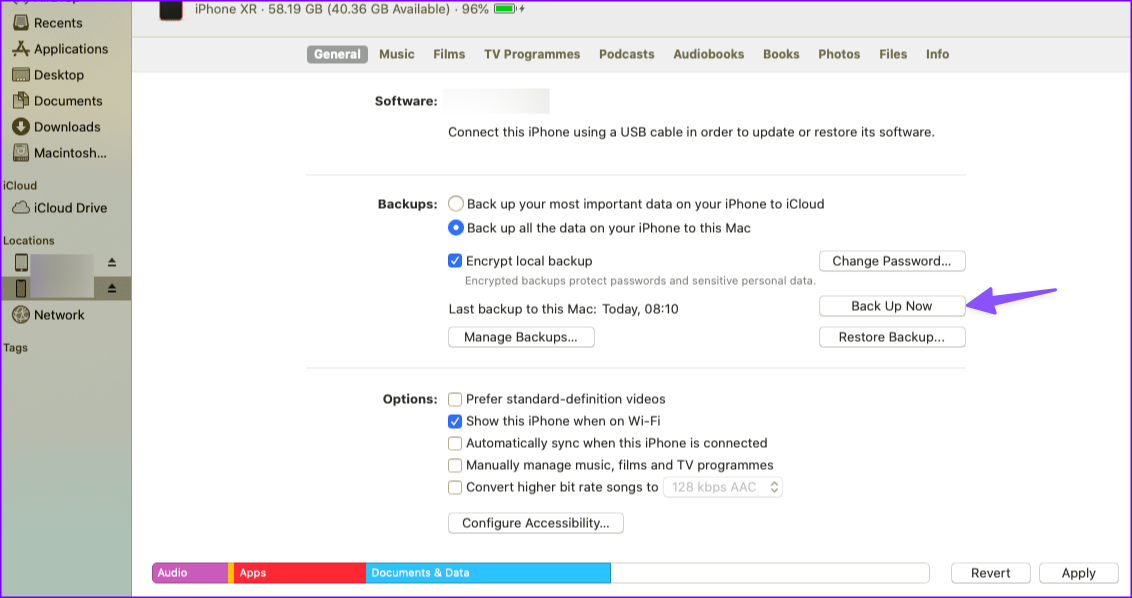
iPhone Not Backing Up to iCloud: FAQs
You can head to the iCloud backup menu in iPhone Settings and tap the ‘Back Up Now’ button to start the process.
You can successfully back up the iPhone to iCloud and get rid of irritating notifications.
If you lose your data due to accidental damage or a software glitch, you can’t restore it without an iCloud backup.
Take Regular iCloud Backups
Following the iOS 15 update, when you transfer from an old iPhone to a new one, Apple temporarily grants you unlimited iCloud storage to make a smooth transfer. You won’t face any iCloud storage vows when upgrading to a new iPhone.
However, it’s always advisable to take regular iCloud backups to keep your data safe and secure. It can help restore data loss from accidental damage or blank screen issues.
Was this helpful?
Last updated on 11 December, 2023
The article above may contain affiliate links which help support Guiding Tech. The content remains unbiased and authentic and will never affect our editorial integrity.



